Disinfection of hairdressing tools: rules and methods of processing
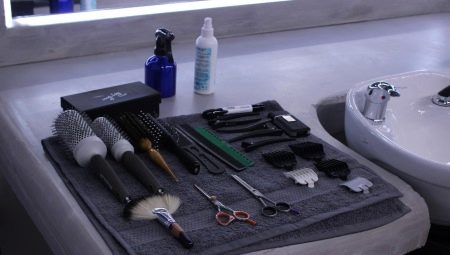
The services provided by beauty salons must be not only of high quality, but also safe. For example, sanitary standards must be observed, for example, the obligatory disinfection of hairdressing accessories. How to carry it out correctly?
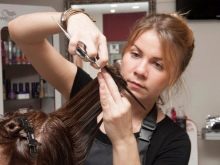
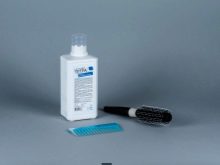
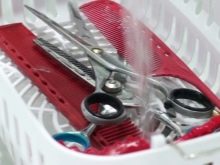
What is it and what is it for?
Hairdressers and beauty salons are among the most visited establishments. These institutions provide services when, if hygiene standards are not observed, there is a risk of infecting clients with various diseases. In order for infections not to be transmitted through tactile contact, as well as blood during the implementation of manicure, pedicure procedures and shaving, it is worth carrying out regular disinfection of instruments. For this reason, strict sanitary standards are imposed on the craftsmen and their technical equipment.

Disinfection of hairdressing tools is a set of measures aimed at disinfecting the devices with which the master works. Sanitization prevents the transfer of pathogenic microorganisms from hairdressing and manicure equipment to the skin, mucous membranes, and open wound surfaces of clients. When using non-sterile equipment, the master runs the risk of infecting the client with the following types of diseases:
- coccal infections: streptococcus, staphylococcus;
- head lice;
- fungal infections of the skin and its appendages;
- herpes virus;
- hepatitis;
- syphilis;
- HIV.
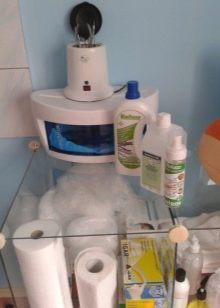


Services in which there is a risk of tissue damage carry the risk of contracting dangerous ailments. Accordingly, the masters of hairdressing, manicure services provided in a beauty salon should use only sterile instruments.
Processing according to SanPiN and SES standards
Despite the fact that beauty salons and hairdressing salons are not medical organizations, their work is regulated by SanPiN and SES standards... These standards specify the requirements for the location of the office, the working conditions of specialists, as well as the standards for storage, disinfection, use of tools and equipment. According to the requirements and norms of SanPiN, the hairdresser's office should be both a separate room and part of a salon, a hairdressing salon. Furniture in service offices must be disinfected with antibacterial, antifungal, antiviral measures.
At the workplace of the master, cosmetics and decorative elements can be stored only for one shift. According to SanPiN and SES standards, preventive measures should be reduced to cleaning the office, working area, disinfection, cleaning before sterilization and direct sterilization of working equipment. Also an important point in maintaining cleanliness is collection and disposal of waste.
Procedures for working with skin and chemicals must be carried out strictly with rubber gloves. Disinfection, pre-sterilization and final sterilization of materials and instruments that are used for manipulative skin measures are mandatory.
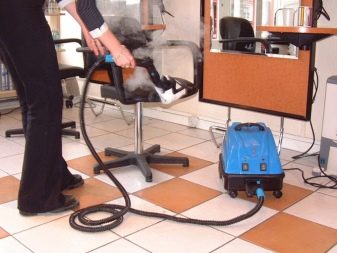
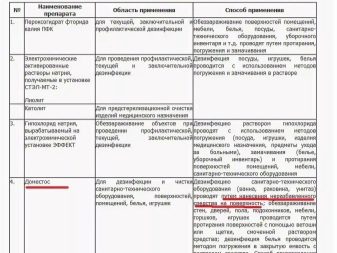
Tools and fixtures
The process of disinfection and sterilization of hairdressing equipment is very important and necessary for the provision of safe beauty services. For this purpose, specialized equipment is used.
UV sterilizer
This tabletop sterilization unit is stationary equipment of cabinets in beauty salons. Devices that are placed inside the sterilizer are disinfected by exposure to ultraviolet radiation from a specially mounted lamp. Due to the dimensions of the disinfection unit, it can handle and store 10 items of inventory.

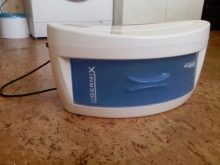
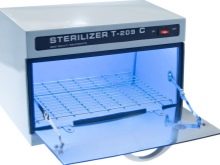
Flask
A disinfection flask is considered a great option for disinfecting hairdressing tools. by immersion... This procedure is quite convenient, since scissors, combs, tweezers and more can be placed in a flask as a whole. The disinfection tank is made of high quality glass that is resistant to aggressive chemicals. For disinfection, immersion of the instruments in the flask will be sufficient. for a few minutes... Then the accessories should be removed and laid out on a clean surface.

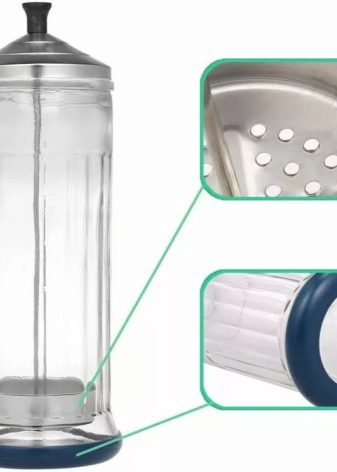
Dry oven
Designed for the disinfection process of scissors and razors. The dry sterilization method ensures that the instruments do not suffer from corrosion and can retain their functional qualities for a long time. In the dry heat, you can disinfect eyelash extension equipment. The convenience of using this unit is facilitated by the presence of light indicators.
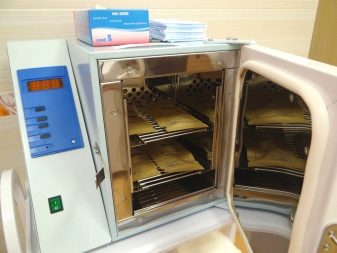
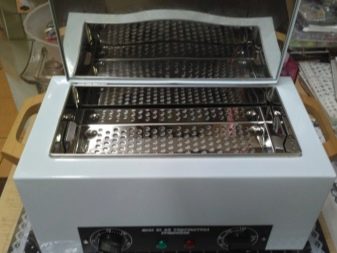
Container
This equipment, designed for the disinfection of hairdressing tools, is capable of to exclude the possibility of infecting clients with dangerous diseases when providing services to them. This capacity takes up little space, but at the same time does an excellent job with its functions.
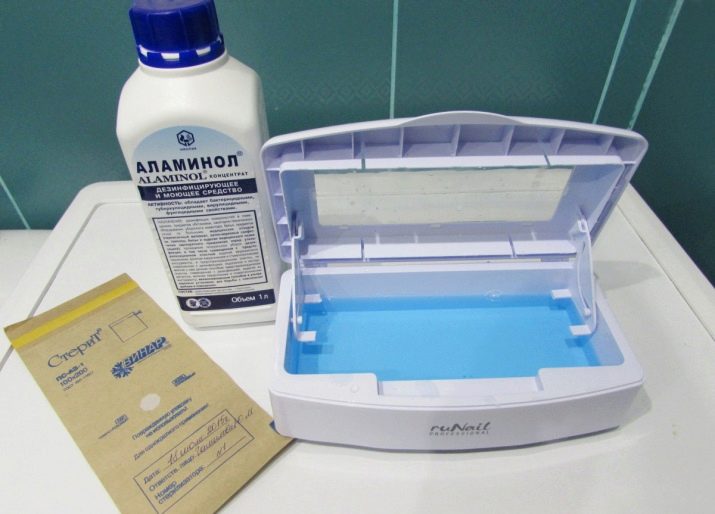
Chemical disinfectants
Substances that are of a chemical nature and are intended for disinfection of equipment are called disinfectants. They provide bacteriostatic, bactericidal, virucidal, fungicidal effects. The most popular in hairdressing include the following products.
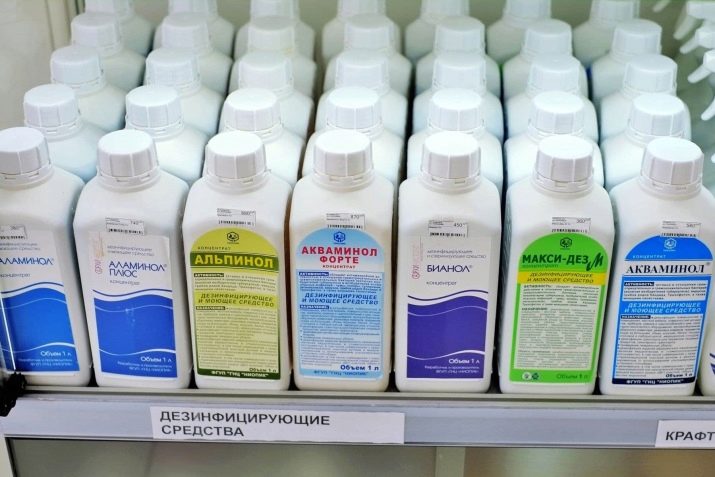
Alaminol
The disinfector is produced in the form of a concentrate with a bright blue color and a subtle odor. The substance must be diluted and applied strictly according to the instructions for use.... Alaminol is able to destroy candida fungi, mycobacterium tuberculosis, ARVI pathogens, hepatitis viruses, herpes, HIV, as well as rota-, entero- and polioviruses. According to the instructions, a solution of this substance can be used for medical purposes in the disinfection process.
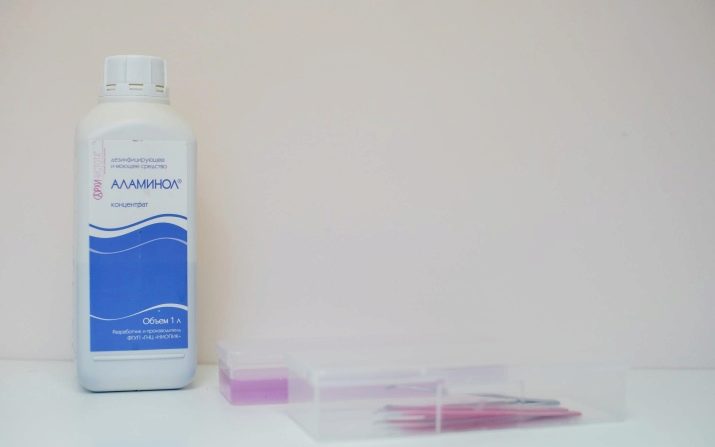
Disinfectant
In order to disinfect inventory that is rotating, disinfectant solutions can be used. Hairdressing tools are immersed in diluted disinfectants, which, after exposure, become safe for people.
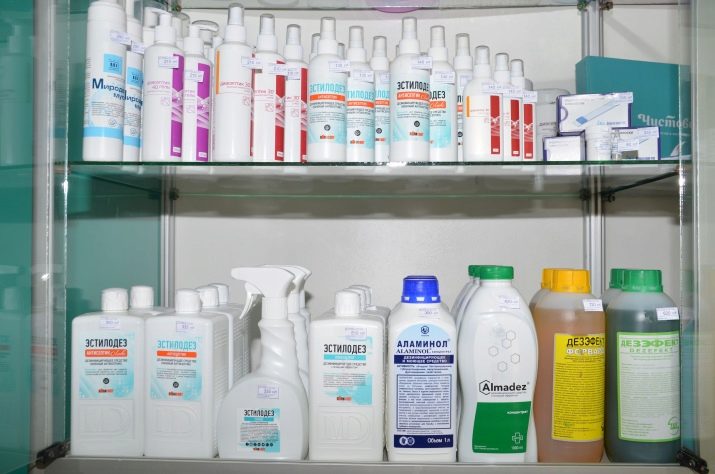
Spray
"Avantsept-spray" is a product designed for quick disinfection of a small surface or a small amount of equipment. The substance can be used to treat surfaces that are resistant to alcohol and water. The application of the spray is based on irrigation until the surface is completely moistened.
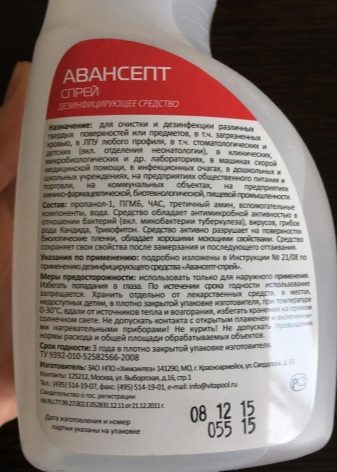

Precautionary measures
Before accepting a client, a master hairdresser is obliged to examine a person, paying attention to the condition of nails, skin, hair. If signs of infectious ailments or pathologies are found, for example, redness, peeling, the presence of wounds and ulcers on the skin, as well as deformation of the nail plates, then the visitor should be denied service.
In the case when pathologies were detected during the procedure, it is necessary to immediately in-depth disinfect all equipment.
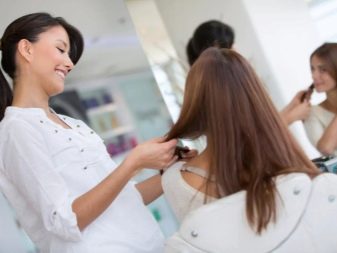
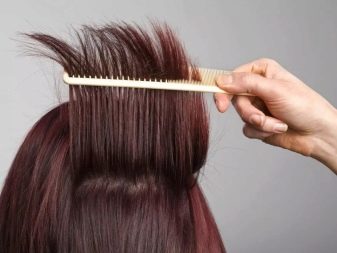
How to properly handle and store?
Sanitation is an important process in the hairdressing industry. Craftsmen should know how to quickly process the inventory, making it safe for the subsequent client, as well as how to carry out in-depth disinfection and sterilization. The disinfection process begins with rinsing the instruments with a half-percent hot soapy solution. It is worth sterilizing the devices with a brush, not forgetting about the subsequent rinsing of the inventory under running water.
The following disinfection procedure may include such activities.
- Physical disinfection... Disinfection in this case is carried out by boiling or calcining. In this way, the primary processing of the razors is carried out.
- Chemical disinfection treatment of devices with ethyl alcohol, chloraminic solution, formaldehyde, triacide and other antiseptics is included.
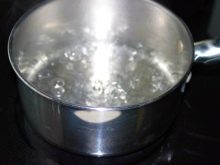

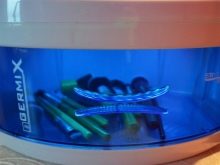
Chemical treatment can be carried out by wiping scissors, razors, tweezers, tweezers with disinfectants. The final stage of disinfection is treatment with a sterilizer in the form of a dry heat, an ultraviolet unit, a flask.
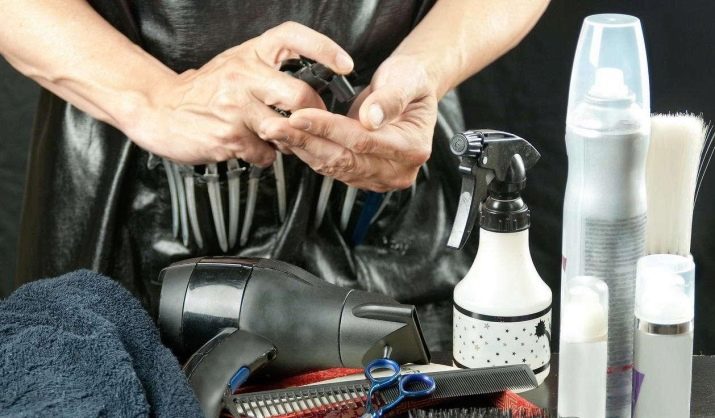
How to properly disinfect hairdressing tools, see below.







Thanks.
Thank you very much, very clear and accessible!